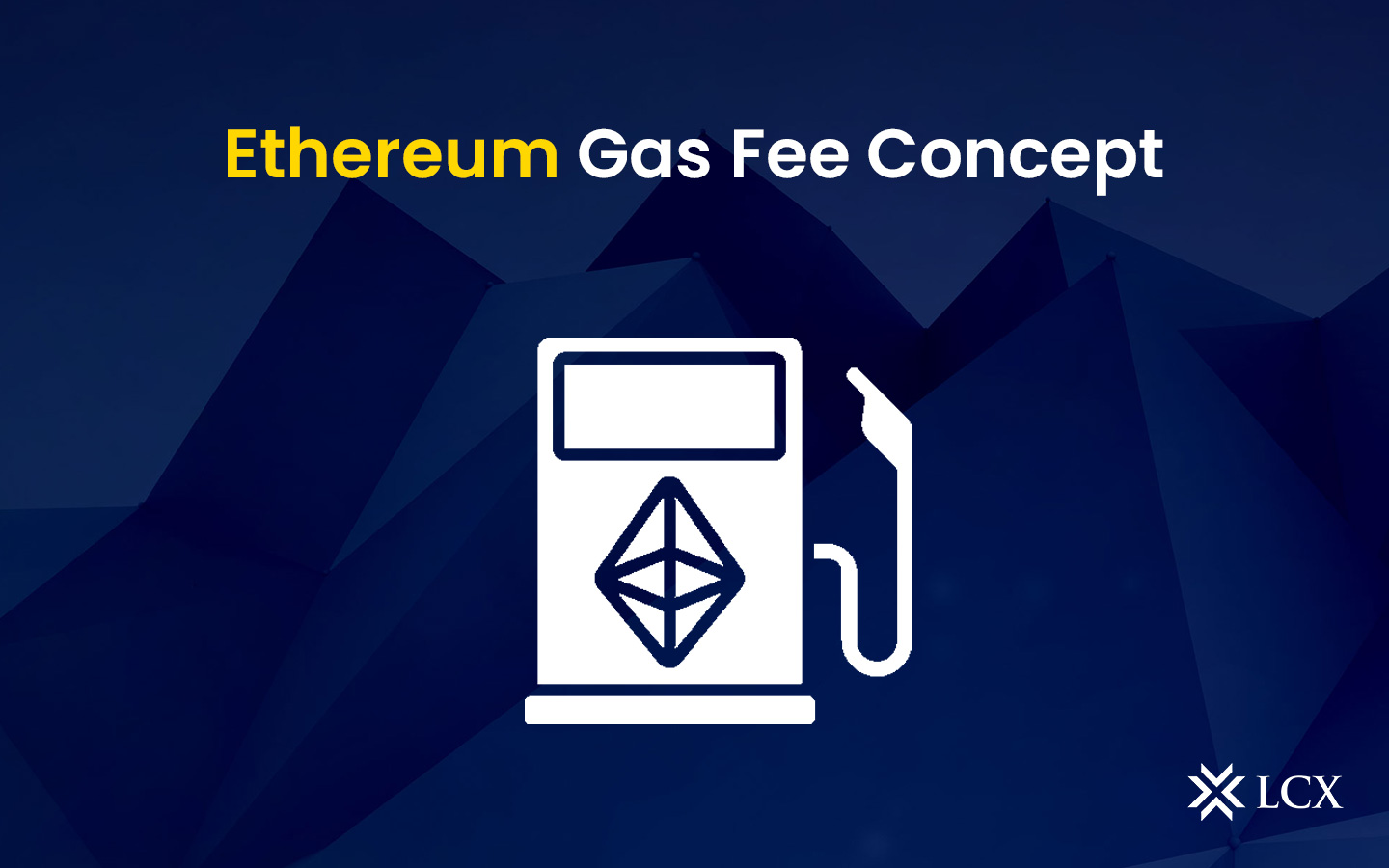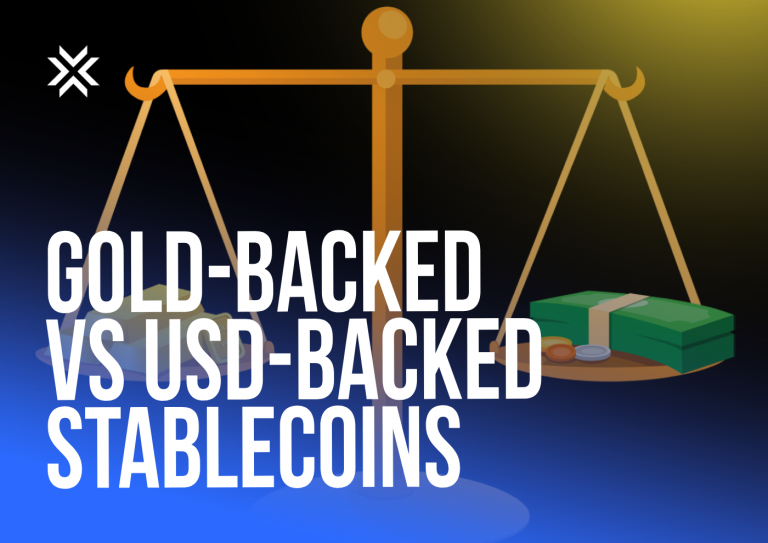In the blockchain technology landscape, Ethereum has undeniably stood out as a frontrunner. Its decentralized nature and smart contract capabilities have paved the way for a multitude of applications, from decentralized finance (DeFi) to non-fungible tokens (NFTs). However, alongside its remarkable features, Ethereum users often encounter a critical factor that can significantly impact their experience: gas fees.
What Is Gas?
At its core, Ethereum is a blockchain network that processes transactions and smart contracts. Gas fees are the costs associated with executing transactions and smart contracts on the Ethereum network. They serve as a mechanism to prevent network abuse, incentivize miners to include transactions in blocks, and ensure the overall stability of the network.
Gas fees are denominated in “gwei,” a unit of Ether (ETH), which is Ethereum’s native cryptocurrency. Gwei is a contraction of “giga” and “wei,” representing 0.000000001 ETH. When initiating a transaction or a smart contract, users set a gas price in gwei that they are willing to pay for the computational resources required to process their request. Miners then prioritize transactions with higher gas prices, as they are incentivized to include transactions with higher rewards.
Why Do We Need Gas in the Ethereum Ecosystem?
Gas’s primary function is to reduce ETH’s volatility. ETH is publicly tradeable and listed on exchanges. As a result, it is directly subject to market volatility. Petrol is not listed on any exchange, so it is not directly affected by market volatility. An Ethereum smart contract requires more computational power than a straightforward transfer. In order to avoid instability, the fee must be meticulously designed.
How Is the Gas Price Determined?
Gas price is determined by two factors: the gas limit and the price of gas. The sender’s gas limit is the utmost amount of gas they are willing to pay for the transaction. The cost of gas is determined by market supply and demand. The final gas price for the transaction is calculated by multiplying the two prices.
Gas Limit * Gas Price = Gas Fee
Gas Limit: Gas Limit is the maximum quantity of ETH that the sender is willing to spend on the transaction. Typically, when discussing Gas in Ethereum, one is referring to Gas Limit. Sending ETH requires the shipper to set Gas Limit. If there is insufficient Gas Limit to complete the transfer, the transfer will be cancelled and the shipper will receive a Gas refund. Alternatively, if the sender specifies an excessive Gas Limit, any excess Gas will be returned to the sender.
Gas Price: Gas Price indicates the cost of Gas in Gwei. For instance, 1 Gas equals 10 Gwei. It is primarily determined by supply and demand in the market. Gas Price is multiplied by Gas Limit to ascertain the cost of gas.
What Are the Factors Affecting Gas Fees?
Understanding the dynamics of gas fees involves recognizing the factors that influence their fluctuations:
Network Congestion: Ethereum’s popularity has led to network congestion during peak usage times. As more transactions compete for limited block space, gas fees tend to increase.
Gas Price: Users can set their preferred gas price. A higher gas price increases the likelihood of a transaction being processed promptly, but it also incurs higher costs.
Transaction Complexity: The computational resources required to execute a transaction or smart contract influence its gas fee. More complex operations demand more gas.
Gas Limit: Each Ethereum transaction has a gas limit, which represents the maximum amount of gas a user is willing to spend. If a transaction’s computational requirements exceed the gas limit, the transaction will fail, and the user will still be charged.
External Events: Market fluctuations, platform upgrades, and major smart contract executions can impact gas fees.
What Are the Strategies to Optimize Gas Fees?
Navigating the Ethereum gas fee landscape requires a strategic approach. Consider these tips to optimize your transactions:
Gas Estimators: Various online tools and wallets provide gas estimators that recommend a suitable gas price based on network conditions. These estimators help you strike a balance between prompt execution and cost efficiency.
Off-Peak Usage: Initiate transactions during periods of lower network activity. Gas fees tend to be lower during off-peak times.
Layer 2 Solutions: Layer 2 scaling solutions, such as Optimistic Rollups and zk-Rollups, aim to alleviate Ethereum’s scalability issues by processing transactions off-chain and settling them on-chain. These solutions can significantly reduce gas fees and transaction times.
Batch Transactions: Some wallets and platforms allow users to bundle multiple transactions into a single batch. This approach can save on gas costs, as multiple transactions are processed in a single block.
Gas Tokens: Gas tokens are tokens that can be minted when gas prices are low and burned (destroyed) when gas prices are high. This mechanism enables users to hedge against future gas price increases.
Smart Contract Efficiency: Developers can optimize smart contracts to minimize gas consumption. This includes techniques like reducing unnecessary storage operations and using more efficient algorithms.
Conclusion
Ethereum gas fees are an integral aspect of the network’s functionality. While they can present challenges, they are also a testament to Ethereum’s popularity and utility. By understanding the factors that influence gas fees and implementing optimization strategies, users can navigate the Ethereum ecosystem more effectively and make the most of its innovative applications.










